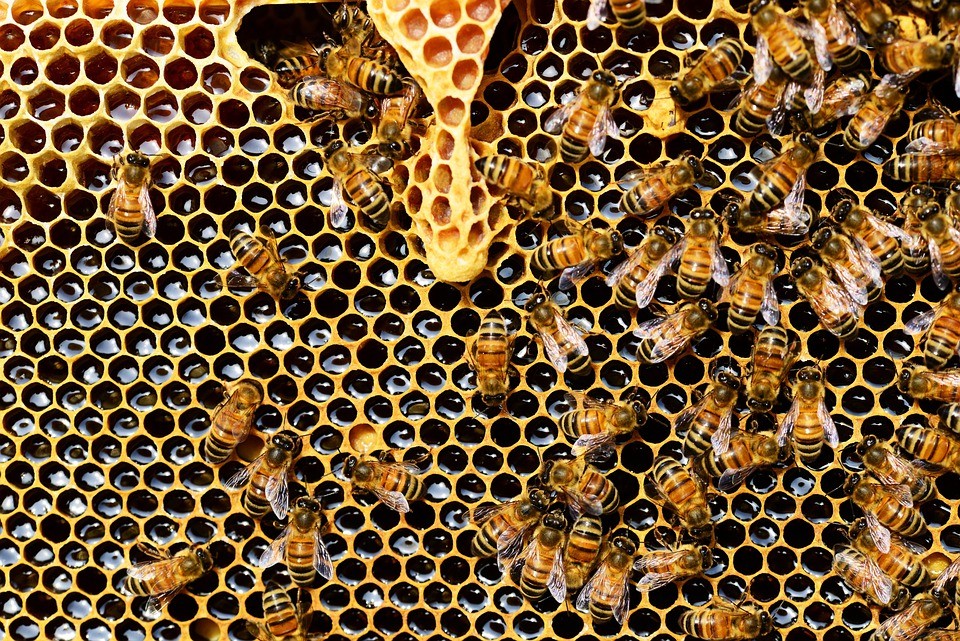The first Lean and Green Challenge was issued in 2003 to the architects designing Delaney Hall: to build it as lean and green as possible within our budget. The architects responded creatively with a design that used many passive energy saving features and that was far more energy efficient than they envisioned. The design saves water, maintains green space on our campus, and monitors indoor air quality. But that design was based on technology of nearly 20 years ago. The time has come to take a second look at our facilities and try harder to conserve energy, in all our buildings, not just Delaney Hall. I think that most of us have looked at our own energy use, in our homes, our cars, and our businesses, to see where we can take immediate action to reduce our individual carbon footprints. Now we need to take steps to look at the carbon footprint for our campus and to see whether we can find additional ways to conserve energy. In almost any article you read about how to use less energy, the first tip is to be sure you aren’t wasting energy, either by leaving equipment and appliances turned on all the time, or letting conditioned air escape. So weatherization of the building is probably step #1. The Operational Efficiency task force was formed to look for places where our buildings need to be weatherized, by plugging gaps in the building envelope, by caulking windows and adding weatherstripping. Since Delaney Hall was designed to condition air by zones, we need to start paying attention to those zones and closing doors to keep cooled air in/warm air out. Another step is to look at HVAC equipment to make sure it is running properly. Our three buildings have a variety of equipment, some held together with bubble gum and baling wire. (just kidding, but you get the idea. ) Together we can look for ways to become more energy efficient (and save money, too). Watch for signs to prompt your actions that will conserve energy. Often a small upfront investment can result in significant changes. And if you have any ideas for equipment or procedures that could be made more efficient, please send an email to ministryforearth@emersonhouston.org. The architects spoke about the “triple bottom line” – our health, our climate, and the financial bottom line. Let’s work to improve them all!]]>
One Comment
Comments are closed.







great idea Ann – looking forward to participating